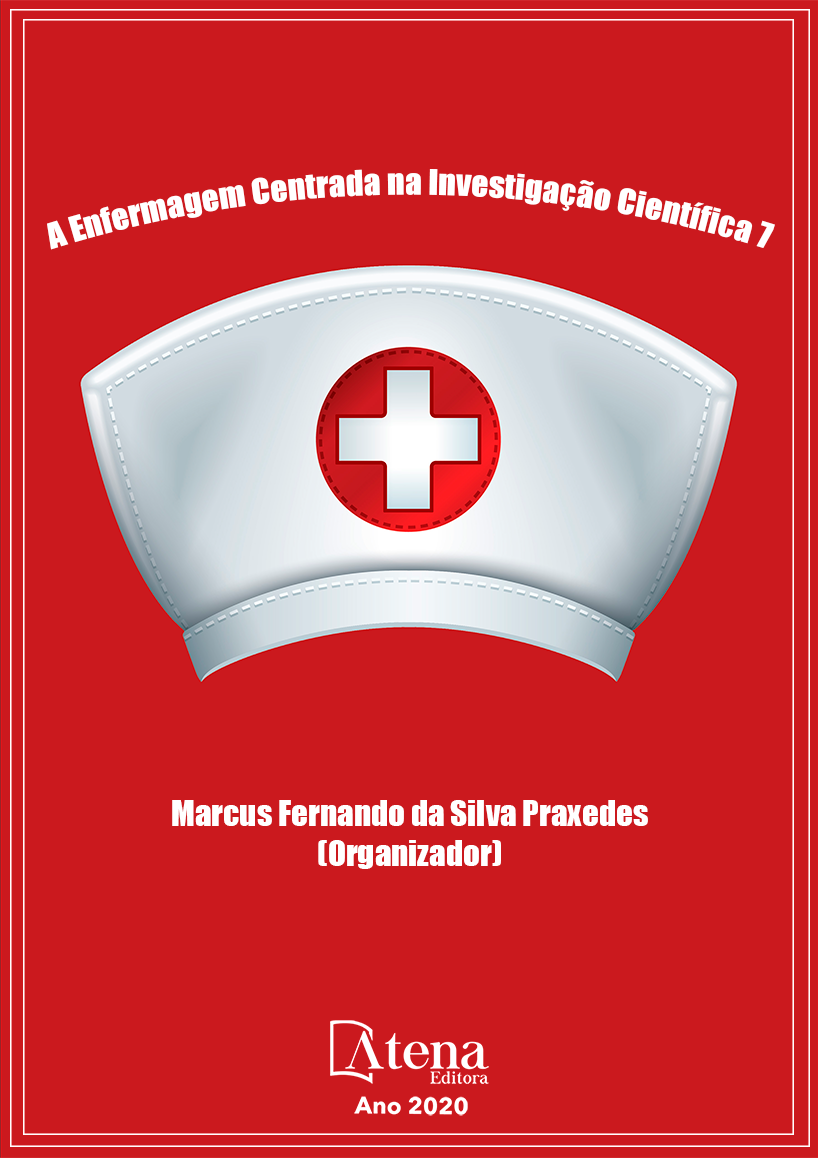
ANÁLISE DE PRODUÇÃO CIENTÍFICA SOBRE PREVALÊNCIA E OS PRINCIPAIS FATORES ASSOCIADOS A RISCO DE QUEDAS EM IDOSOS NA COMUNIDADE
Queda nos idosos é um risco preocupante e um problema de saúde pública devido sua alta incidência e seus agravos nesse grupo etário, uma vez que leva a fraturas, perca da mobilidade, e até mesmo em casos extremos a morte. Na comunidade é o principal ambiente de ocorrência de quedas em idoso, identificar a prevalência e suas principais causa colaboram para o planejamento de políticas publicas e estratégias voltados para prevenção da ocorrência de quedas nesse segmento da população. O objetivo do presente estudo foi Identificar a prevalência de quedas em idosos na comunidade e os principais fatores associados a quedas neste segmento, de acordo com literatura. A presente pesquisa trata-se de um estudo descritivo, do tipo revisão bibliográfica narrativa, nas bases de dados eletrônicas. Com base nos estudos revisados, pode-se concluir que a prevalência de quedas em idosos da comunidade com idade média de 70 anos varia entre 25,2% e 42%. As quedas são eventos frequentes podem interferir na capacidade funcional dos idosos, modificando suas atividades básicas. Foram identificados fatores de risco ligados aos eventos e aumento de quedas, tais fatores como intrínsecos e extrínsecos. Faz-se importante a identificação desses fatores para um conhecimento mais amplo dos problemas desencadeantes, bem como melhor definição dos grupos mais suscetíveis à ocorrência de queda, assim contribuindo na elaboração e planejamento de ações e estratégias voltadas a esse grave problema de saúde pública que interfere de forma significativa e preocupante da saúde desse segmento da população.
ANÁLISE DE PRODUÇÃO CIENTÍFICA SOBRE PREVALÊNCIA E OS PRINCIPAIS FATORES ASSOCIADOS A RISCO DE QUEDAS EM IDOSOS NA COMUNIDADE
-
DOI: 10.22533/at.ed.9782023074
-
Palavras-chave: Idoso, queda na comunidade, fatores de risco.
-
Keywords: Elderly, Fall in the community, Risk factors
-
Abstract:
Falling in the elderly is a worrying risk and a public health problem due to its high incidence and its aggravations in this age group, since it leads to fractures, loss of mobility, and even in extreme cases, death. In the community, it is the main environment for falls in the elderly, identifying the prevalence and its main causes collaborate for the planning of public policies and strategies aimed at preventing the occurrence of falls in this segment of the population. The aim of the present study was to identify the prevalence of falls among the elderly in the community and the main factors associated with falls in this segment, according to the literature. The present research is a descriptive study, of the narrative bibliographic review type, in the electronic databases. Based on the reviewed studies, it can be concluded that the prevalence of falls in elderly people in the community with an average age of 70 years varies between 25.2% and 42%. Falls are frequent events that can interfere with the functional capacity of the elderly, changing their basic activities. Risk factors related to events and increased falls were identified, such as intrinsic and extrinsic factors. It is important to identify these factors for a broader knowledge of the triggering problems, as well as a better definition of the groups most susceptible to the occurrence of falls, thus contributing to the elaboration and planning of actions and strategies aimed at this serious public health problem that interferes in a significant and worrying way about the health of this segment of the population.
-
Número de páginas: 14
- Benício Almeida Resende de Sales
- Danyella Rodrigues de Almeida
- Mariana Lenina Menezes Aleixo
- Noely Machado Vieira
- Bianca Teshima de Alencar


